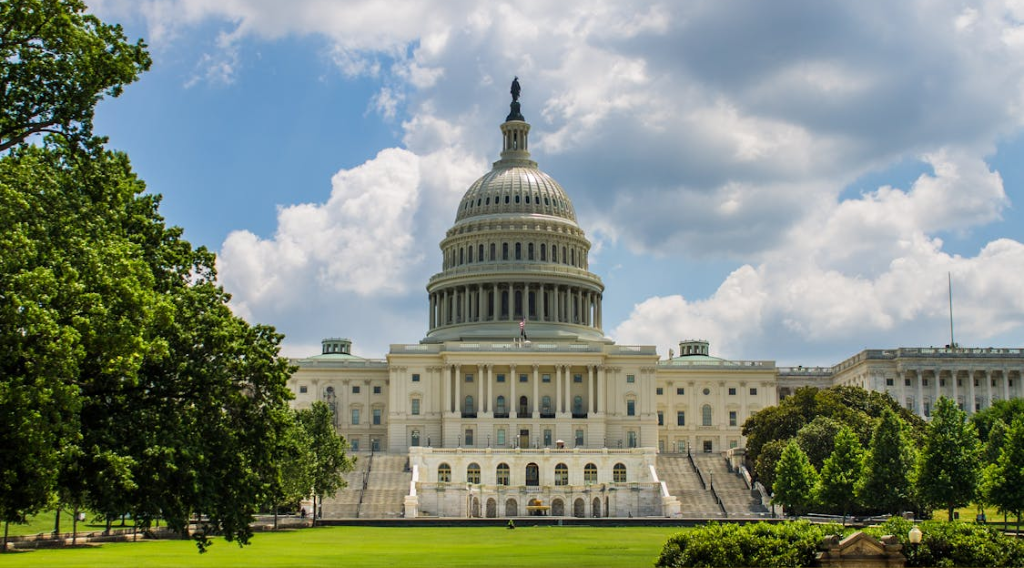 U.S. Environmental Protection Agency Administrator Gina McCarthy visits North Dakota today at the request of U.S. Senator Heidi Heitkamp. Administrator McCarthy will meet with leaders from North Dakota’s many energy sectors and see firsthand our state’s rich energy resources and economic opportunity.
U.S. Environmental Protection Agency Administrator Gina McCarthy visits North Dakota today at the request of U.S. Senator Heidi Heitkamp. Administrator McCarthy will meet with leaders from North Dakota’s many energy sectors and see firsthand our state’s rich energy resources and economic opportunity.
McCarthy’s visit is timely and allows us to showcase our energy abundance and potential. It also offers the opportunity to pursue a new strategy in response to the most significant environmental regulatory issue in a generation—EPA’s proposed regulation of carbon dioxide (CO2) emissions from new and existing coal-fired power plants under the Clean Air Act.
EPA’s proposed rule for new power plants has received considerable political and media attention, but a rule under development to curb carbon emissions from existing coal-fired plants poses the most serious economic implications for North Dakota.
Court decisions going back to the Bush Administration, combined with gridlock in Congress over alternatives to federal regulation, mean that carbon regulation will likely move forward—even if North Dakota joins other states in litigation opposing EPA.
It is clear that we urgently need a plan B, one that positions our coal and traditional electric power industry for future viability and safeguards the livelihoods of thousands of dedicated mine and power plant workers. Toward that end, we should constructively engage in shaping a proposed EPA rule that both recognizes the economic needs and energy contributions of coal-reliant states like North Dakota and meets our environmental obligations.
To demonstrate that such common ground is possible, the Great Plains Institute brings together state regulators, coal-based power companies, and environmental organizations from the Midwest and Northern Plains to resolve differences and make recommendations to EPA and states.
Constructive engagement does not mean endorsement of EPA regulation. Participants set aside the divisive question of whether EPA should regulate CO2 emissions under the Clean Air Act, focusing instead on how to meet environmental goals most cost-effectively, if federal regulation becomes a reality.
Two years of patient, respectful dialogue have delivered unexpected and important consensus in key areas:
- Providing flexibility to reduce CO2 emissions through renewable energy, efficiency and other measures beyond the power plant itself;
- Rewarding actions already taken by states and utilities; and
- Supporting leadership and innovation by states and regions that work with industry to meet federal requirements cost-effectively.
Thanks to initial success and a positive reception from senior EPA officials, the dialogue is attracting additional participation from coal-producing and coal-reliant states. North Dakota could bring much to this conversation, including showcasing cutting edge innovation in lignite coal-drying and power plant efficiency, pioneering large-scale capture of CO2 from coal for use in enhanced oil recovery and significant deployment of wind energy.
With billions of dollars in coal mine and power plant assets and higher-paying jobs at stake, we risk putting all of our eggs in an increasingly risky basket of wholesale opposition to EPA regulation. We can instead pragmatically take a cue from several leading power companies in the region and negotiate an acceptable path forward while we still can. EPA Administrator McCarthy’s North Dakota visit provides us the chance to have that conversation.
* This was originally published here in the Grand Forks Herald and here in the Fargo INFORUM.
Brad Crabtree, Ashley, ND, is Vice President for Fossil Energy at the Great Plains Institute.


